How the election was won and lost on social media
Vuelio’s sister company, Pulsar, tracked the general election campaign across social networks and other web sources during the campaign from 6 November, when parliament was dissolved, to polling day on 12 December.
Pulsar’s analysis of the general election campaign across social media suggests Labour had unlocked the formula for success online. So great was the difference in Labour’s, and specifically Jeremy Corbyn’s, online impact compared to Boris Johnson’s and the Conservatives’, that it was clear the heavy landslide result came as a shock to many on the night.
Further analysis of the results reveals an online campaign of two sides: one clearly focused on Brexit and the other focused on generating support among its engaged following and attacking the current Government over its claims and record.
This is evidenced in three key areas: what the successful party candidates were sharing on social media, how both made claims of ‘fake news’ against their opponents throughout the campaign and how the parties reflected the most-discussed topics in the public sphere.
What candidates shared
The infographics below show the most widely shared links by successful Conservative and Labour candidates. For Conservatives, the party’s manifesto comes out on top and it is closely followed by the party’s alternative Labour manifesto to respond to the opposition document, which was so positively received in 2017. A second alternative Labour manifesto, CostofCorbyn was also widely shared by the Tories.
A link to encourage voters to ‘register to vote’ before the deadline was shared over 100 times, which contrasts starkly with the same link being shared over 2,500 times by Labour candidates. This shows that it was far more in the interests of Labour to boost voter turnout through social media and to encourage those who might not be registered to vote to take part in the election.
Labour campaign sites to help voters were also among the top links shared including the party’s ‘polling station finder’, Labour campaign events, Labour’s Fair Tax Calculator and other Labour manifestos covering specific policy areas including Nature, the Green Industrial Revolution and ‘your personal manifesto’.
Fake news
Analysing mentions of the term fake news by Conservative candidates during the election campaign shows several spikes. The biggest, on 27 November, came when the Conservatives used the term to attack Corbyn’s financial plans, claiming they would cost every tax payer rather than just the wealthiest.
Other spikes include 19 November when Corbyn was attacked following the leaders’ debate; 5 and 6 December relates to the dossier Corbyn released which was linked back to Russian sources; and on 9 December, the story about boy on the hospital floor in Leeds was published, which was initially accused of being fake news.
For Labour the mentions of fake news follow a similar trend following the leaders debate on 19 November, the dossier being released on 5 December and the Leeds hospital story. However, the Leeds story spike among Labour candidates on the 10 December, following the previous day’s accusations that the story was fake news, which itself turned out to be false.
Labour candidates also collectively attacked Boris Johnson’s campaign on 1 December, accusing him of spreading fake news and running a campaign of misinformation.
Most discussed topics
This chart shows the key topics of the general election campaign by topic, which indicates that Brexit and the NHS account for over 50% of general election-related social media posts. The economy is the third most popular topic on 9.9% of posts with 9.3% for racism.
Brexit and NHS were two of the biggest topics also being discussed by Conservative and Labour candidates respectively. The question of racism, particularly around antisemitism and islamophobia, featured less heavily in the candidates’ discussions than it did in the public debate.
Conservative Candidates’ word cloud:
Labour Candidates’ word cloud:
Given that the Conservative campaign focused entirely on Brexit and the NHS was a Labour primary policy platform, this is perhaps unsurprising.
The overall strength of Labour’s digital campaign and the number of its members sharing the party’s message and policy pledges show it was clearly able to dominate the social media space during the campaign. However, the Conservatives were able to make up for this with paid digital advertising targeted to the right demographics in their key constituencies, a single clear campaign message and a broader voter base outside of social media users.
As the analysis of the 2019 campaign is now conducted and two parties begin to select new leaders, it is worth reflecting on David Cameron’s 2015 comment ‘Britain and Twitter are not the same thing’. Dominating the social media conversation and ensuring your party’s messaging is loudly and widely shared is not, on its own, sufficient to win.
Find out more about Pulsar, the audience insights and social listening platform.

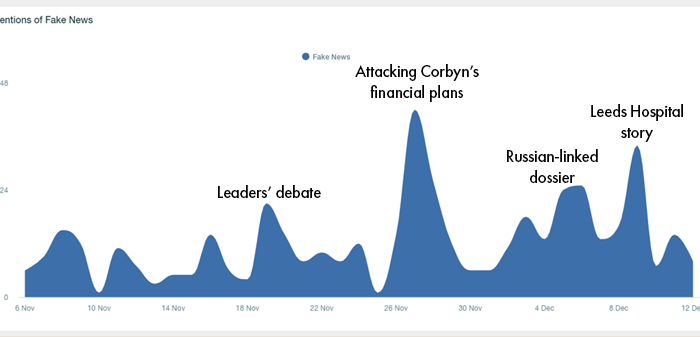
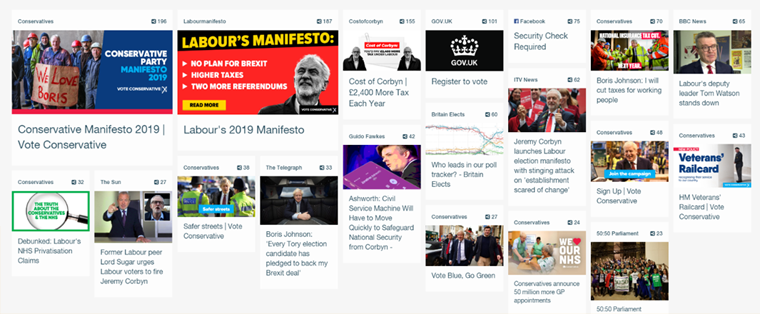
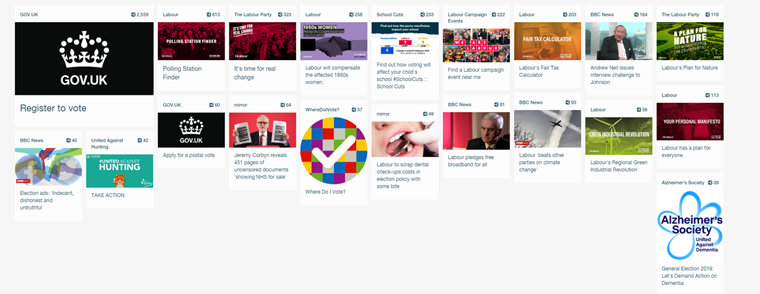
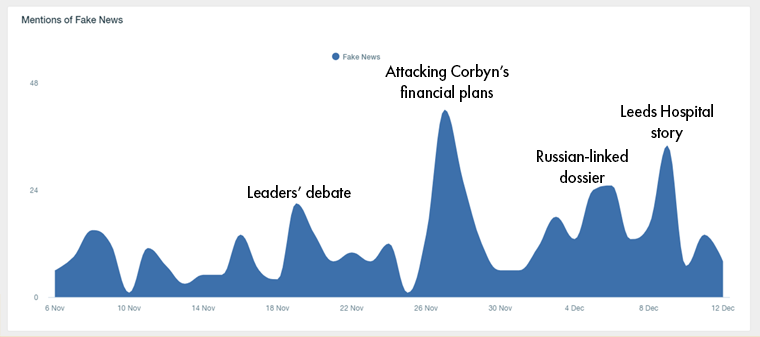
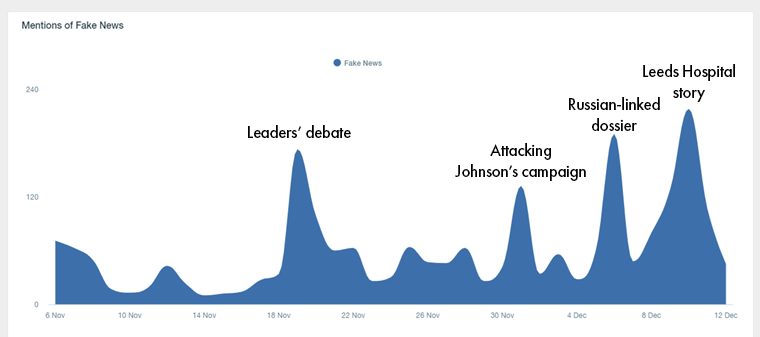
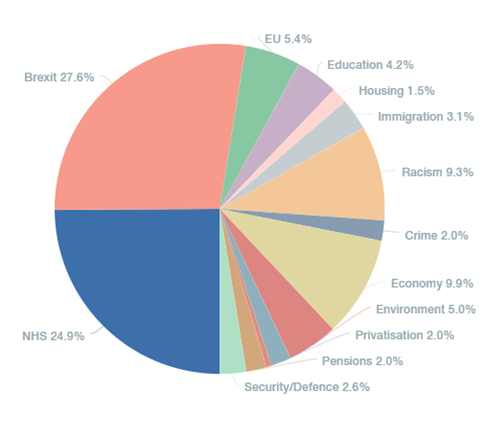






Leave a Comment